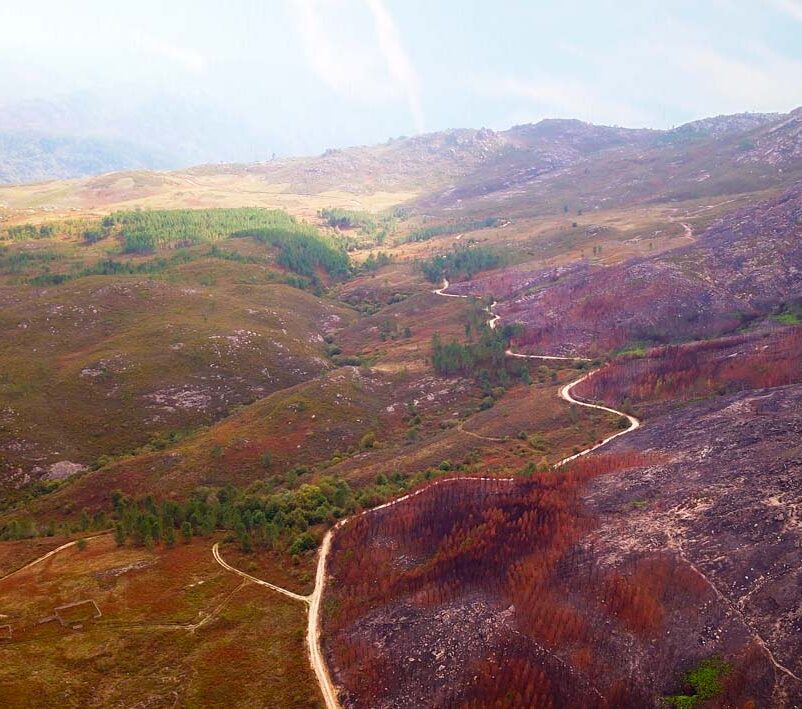The REMAINS model simulates a wide range of fire-related scenarios and their impacts, which can help land managers better understand the interactions between fire and land use.
In wildfire-prone regions, understanding the complex interaction between landscape, fire dynamics, and land management strategies is of utmost importance for sustainable environmental planning that also reduces the risk of wildfires. A research team from the Forest Science and Technology Centre of Catalonia (CTFC) and the Research Center in Biodiversity and Genetic Resources at the Porto University has presented in a paper published in the journal Environmental Modelling & Software the REMAINS model, a tool for the analysis of different scenarios related to fire and land management.
The model can replicate fire ignition, spread, and extinction, vegetation dynamics such as natural succession and post-fire regeneration, and simulate different changes in land use, allowing for a comprehensive assessment of land management approaches, such as modifying wildfire suppression levels , the scheduling of prescribed burns, or transforming certain land covers.
This new tool provides a better understanding of fire-landscape interactions in a variety of scenarios. “As wildfires increasingly impact our ecosystems, having a tool like REMAINS can significantly contribute to the design of effective policies that mitigate fire risks and promote landscape resilience,” explains Adrian Regos, CTFC researcher and lead author of the paper.
REMAINS, which stands for ‘REsilience Model for Assessment of Integrated fire-landscape dyNamics and Management Strategies’, was developed for the FIRE-SMART project, which aimed to reduce the impact of large wildfires while ensuring the conservation of biodiversity and the provision of ecosystem services, integrating the ecological and socioeconomic dimension of the wildfire problem. The simulation model is intended to go beyond the academic world, and for this reason, it has been presented as a user-friendly R package (a type of free software programming language).
The use of the REMAINS model can bring new approaches to land and fire managers, allowing them to develop informed strategies that promote ecosystem health and population safety in fire-prone regions.
Further information:
Pais, S.; Aquilué, N.; Brotons, L.; Honrado, J. P.; Fernandes, P. M.; Regos, A. The REMAINS R-package: Paving the way for fire-landscape modeling and management. Environmental Modelling & Software, 105801 (2023). https://doi.org/10.1016/j.envsoft.2023.105801
Last modified: 23 August 2023










